Together we find the optimal solution
For more than 50 years, we have been researching the high-performance plastic PTFE in order to always find the best solution for our customers. We have acquired unique competences in this and developed a pressing method that permits optimal compaction and high diversity of forms at low costs.
Research and Development
Together with our partners and customers, we work to continually utilize the great potential of the high-performance plastic Polytetrafluoroethylene (PTFE) in full and to make it usable to meet an ever-growing selection of requirements. We invested greatly in the future at our headquarters, in order to continue to meet your high quality demands, and to pursue our strategy consistently. A much larger area, best working conditions and state-of-the-art machinery – the new building takes Berghof Fluoroplastics a great step forward in a single move. It also is a clear commitment to the material PTFE, which we believe has far more possible applications than are currently being used, and to our production site in Germany. We know: Only our experienced and top-trained experts are able to consistently use these new options – in particular in the area of isostatic molding, which is one of our specialisations. As you can see: We look ahead, just as our customers do. We are always looking for new, previously undiscovered applications.
Competence leads to confidence
This wish for continuous improvement has characterised us as a research institute from our beginnings more than 50 years ago and ensures today – after many innovations – that customers feel that we understand their needs at all times. No matter if we support them in the development and production of suitable materials solutions or develop new applications: we always remain in close coordination with them.
Many customer requirements and markets are so specific that we develop solutions that are always customized, and often also simply surprising. For example, this is the case when the requirements to a material seem so diverse and challenging that use of plastic seems impossible at first glance. Thinking ahead and continually developing things further ensures a decisive head start before competition for our customers.
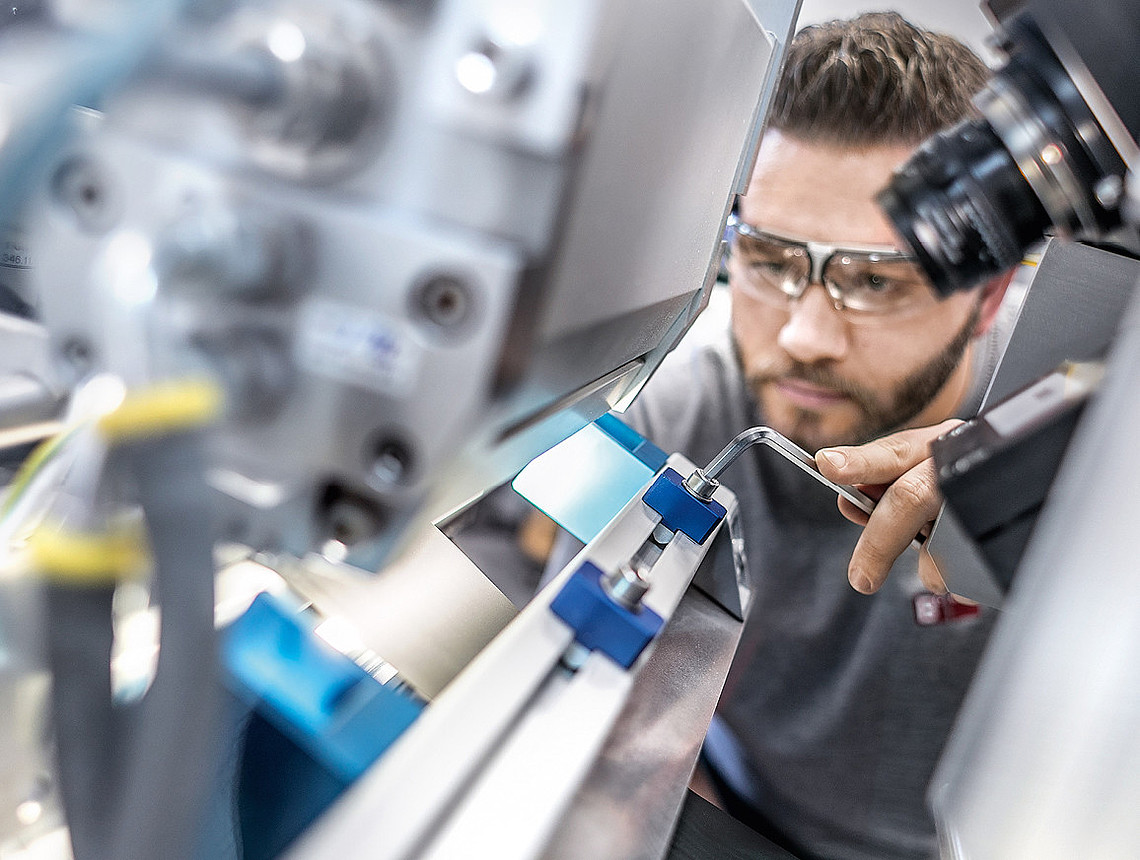

Research leads to application
Sometimes, our customers don’t even know quite which product they need exactly yet. In moments like these, we revert back into the research institute that we started out as more than half a century ago. We experiment with the material until a new, optimized solution has been developed. This often leads to pioneering technologies and innovative materials that disclose their full economic potential only in the next step.
„The requirements and ideas of our customers keep motivating our development team to achieve best results every single time: They never seem to run out of ideas.“
Dr. Michael Henes
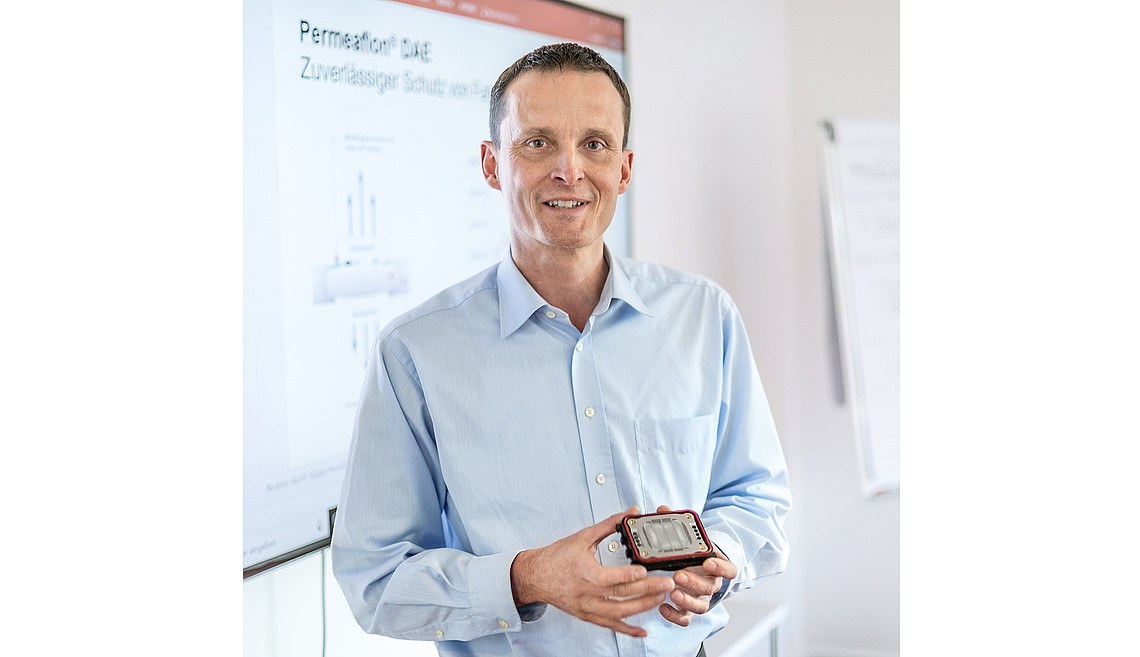
Procedures
We have been using the isostatic molding method successfully since 1969. Today, just like back then, we make use of the pressure that acts on the elastomer mould from all directions via the liquid in the pressure vessel to evenly compress the PTFE granulate enclosed in it. After molding, we will remove the PTFE part (the PTFE blank) from the mould and sinter it in the furnace.
High variety of forms, low costs
In contrast to the conventional single-axis pressing method, we thereby achieve homogeneous compression of the best level and quality. This method also enables us to produce blanks with precise contours for complicated moulded parts, hollow bodies and linings that are also much more cost-efficient. Both material use and effort for mechanical post-processing can be greatly reduced.
- Highest material quality
- Optimal use of resources by molding with precise contours
- Extreme freedom in forming
- Partially automated production process
- Lowest costs in machining post-processing
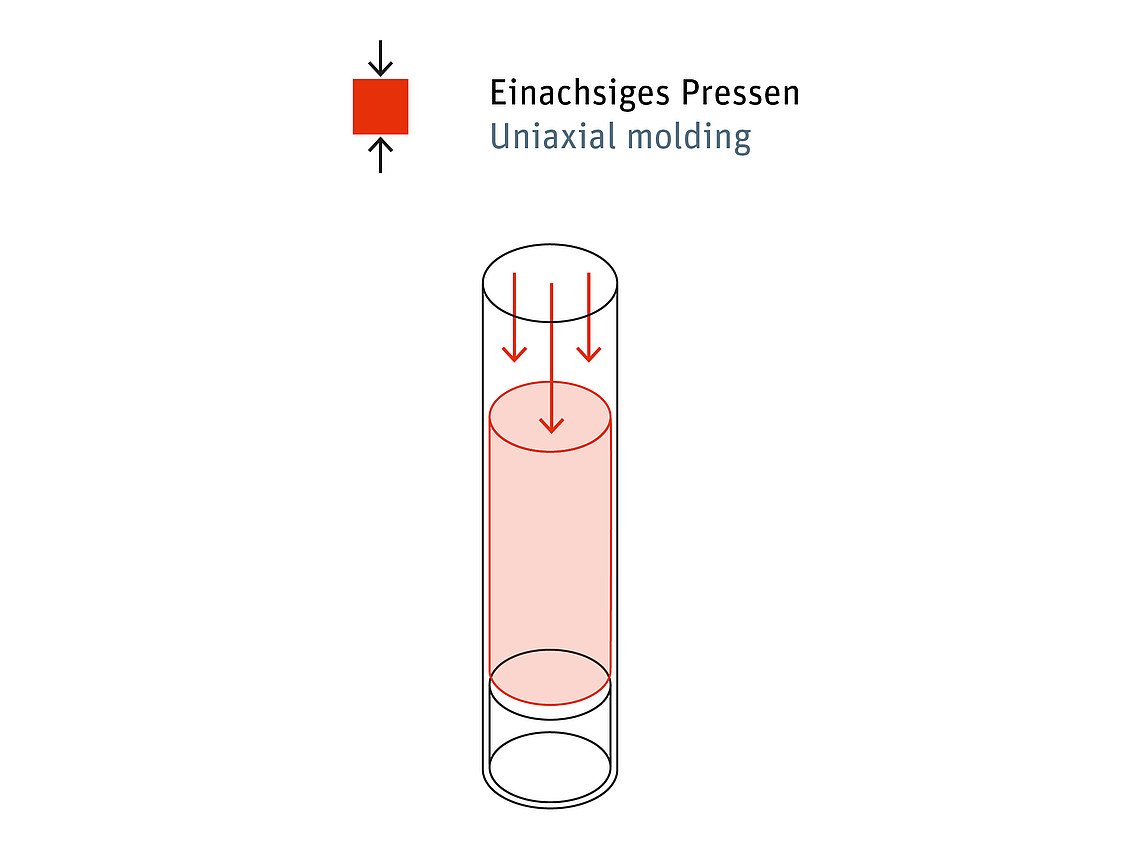
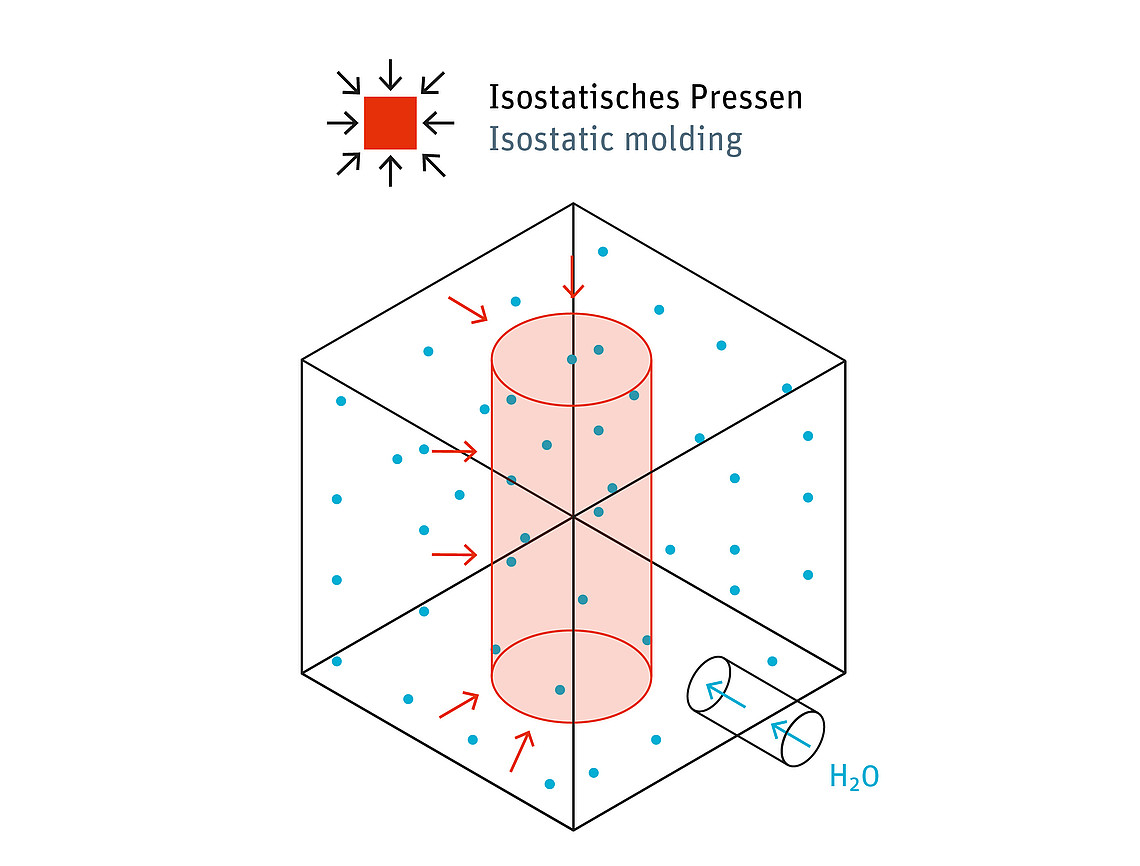
Visible quality benefits
By isostatic molding, we produce optimal compaction in processing virginal and modified PTFE (3MTMDyneonTMTFMTM), leading to the lowest porosity, improved surface structure and highest tension as well as pressure resilience. Preferential directions do not develop and isotropic material properties are preserved.
These advantages can be made clear with REM recordings: In 100-fold amplification, the much finer and more even surface structure of isostatically molded PTFE becomes evident. In 2,500-fold magnification, defects also become visible in single-axis-pressed material that do not occur anymore in the isostatic procedure.
More and more applications
Thanks to the possibility of producing challenging shapes, PTFE with its outstanding thermal, chemical, mechanical and dielectrical properties opens up many possible applications – with more being added continually:
- Chemical industry
- Engineering
- Fittings and pump industry
- Energy technology
- Laboratory Technology
- Automotive and Aerospace
- Optical Industry
Typical examples for isostatically pressed PTFE products:
- Pressure vessels for chemical trace analysis
- Linings of pumps and valves
- Hollow bodies such as isolation shrouds for pumps, round pistons and process trays
- Tees and pipe manifolds for line systems with aggressive media
- Thin-walled pipes and pipes with large cross-section changes
- Jackets for heating coils and heating tubes, waver carriers and etching trays for processes in the semi-conductor industry
- Symmetrical porous sintered PTFE for filtration applications
The production process
Production process of skiving films
For an increasing number of applications, thin and extremely resistant films and membranes made of Polytetrafluoroethylene (PTFE) from Berghof are demanded. In order to manufacture these products, commonly known as skiving films, our isostatic pressed PTFE with its homogeneous compression of highest quality offers the best basis.
These skiving films are produced in a two-stage manufacturing process (see diagram above): In the first step, we press rounded blanks (rods) from various PTFE materials, depending on the intended use, and sinter them in the oven afterwards. In the second step, we peel thin films from these sintered PTFE blanks exactly in the thickness required for the specific application by machine and fully automatically reel them up into rolls on a carrier core. For this skiving process, Berghof Fluoroplastics uses high-precision, computer-controlled skiving machines of the latest generation in its state-of-the-art production facility. This guarantees our customers skiving films of consistently high quality.
Quality Management
Everything we do, we do for happy customers. The demands of markets and customers change continually. Because of this, we never stand still either. While we keep uncovering new potentials of PTFE in research, we strive for increasing perfection in terms of quality. We always want to not only meet, but surpass our customers’ expectations.
Our enormous demands to quality take the highest priority on all process levels – from development to production to sale of our PTFE products. For this, we continually invest in training and further training of our highly qualified specialist in order to further develop our know-how from 50 years, and in our new production site, which is one of the most state-of-the-art world-wide.
As a partner for customers from many different industries and a qualified supplier of the automotive and semi-conductor industry, our production processes and management system are certified to DIN EN ISO 9001:2015 and IATF 169496:2016. They are subject to regular internal and external audits supported by the quality management officers of the Berghof Group.
External audits help us integrate customer-specific requirements into internal processes in the best manner. Additionally, regular internal audits help optimize processes, find new test methods and finally supply our customers with highest-value products.
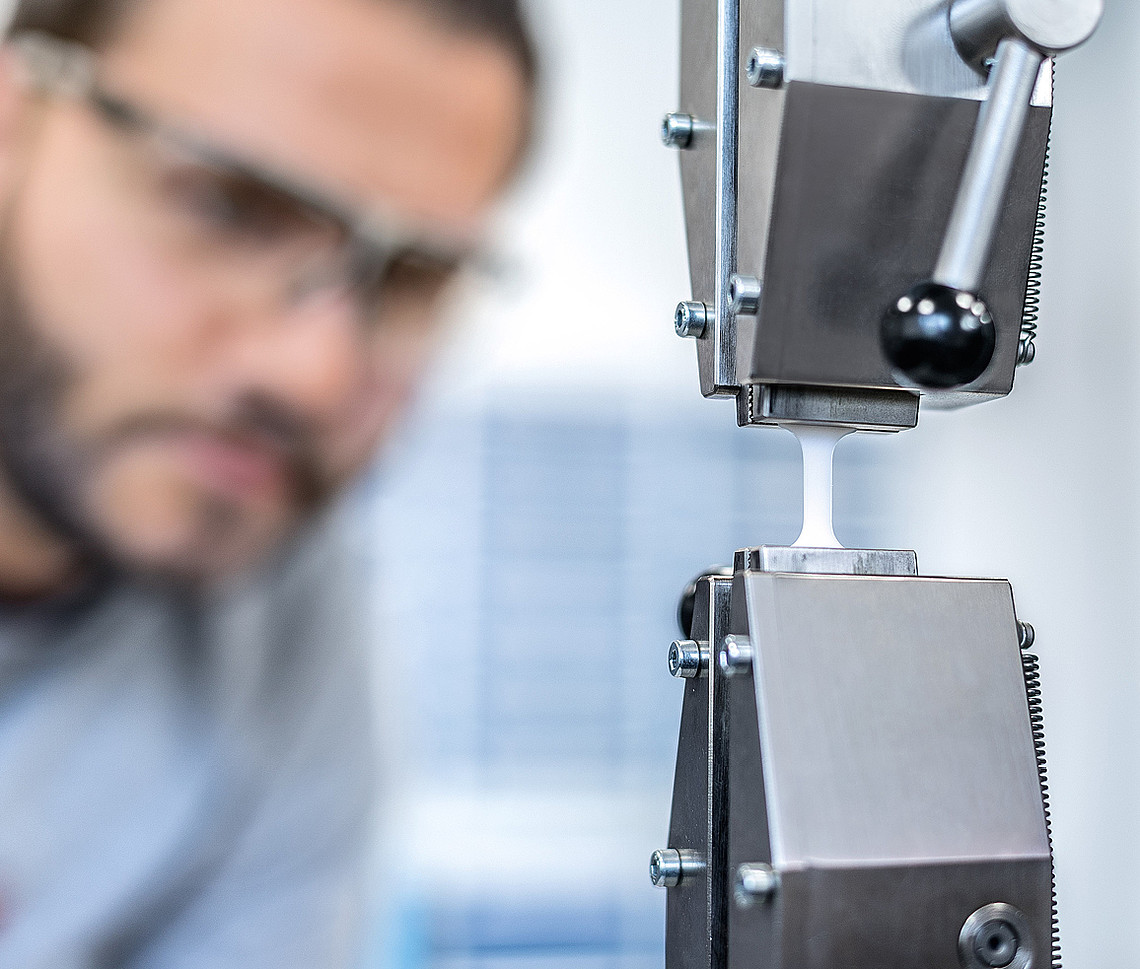
This way, our quality managers essentially contribute to making Berghof Fluoroplastics future-proof.
We continually improve and develop our quality inspections further as well. On request, we will gladly provide you with specific information about these test methods.
- Static air throughput testing, calibrated procedure
- Continuous air throughput testing of film material
- Continuous defect analysis of film material by multiplex optics
- Static water ingression testing, calibrated procedure
- Tension test according to DIN EN ISO 527
- Ball pressure hardness according to EN ISO 2039-1
- Shore D-hardness according to DIN ISO 7619-1
- 3D-Profilometer Keyence VR-3200
- Spectrophotometer PerkinElmer® LAMBDA 1050+ UV/Vis/NIR
Downloads
Sustainability
As a processor of plastics, we are aware of our special responsibility and strive for minimal use of resources for best environmental compatibility.
Innovative technologies for a clean future
Our entire production method is subject to continuous inspection in order to reduce or entirely avoid environmental strains. We regularly question every single step with the target of sustainable optimization of environmental compatibility of the raw, auxiliary and operating materials used. This way, we save plenty of material with our precision-contour isostatic process method, while being able to produce in a cost-efficient manner.
We ensure compliance with laws and standards when manufacturing our products for the benefit of partners and our employees with our management system, aligned with DIN EN ISO 14001.
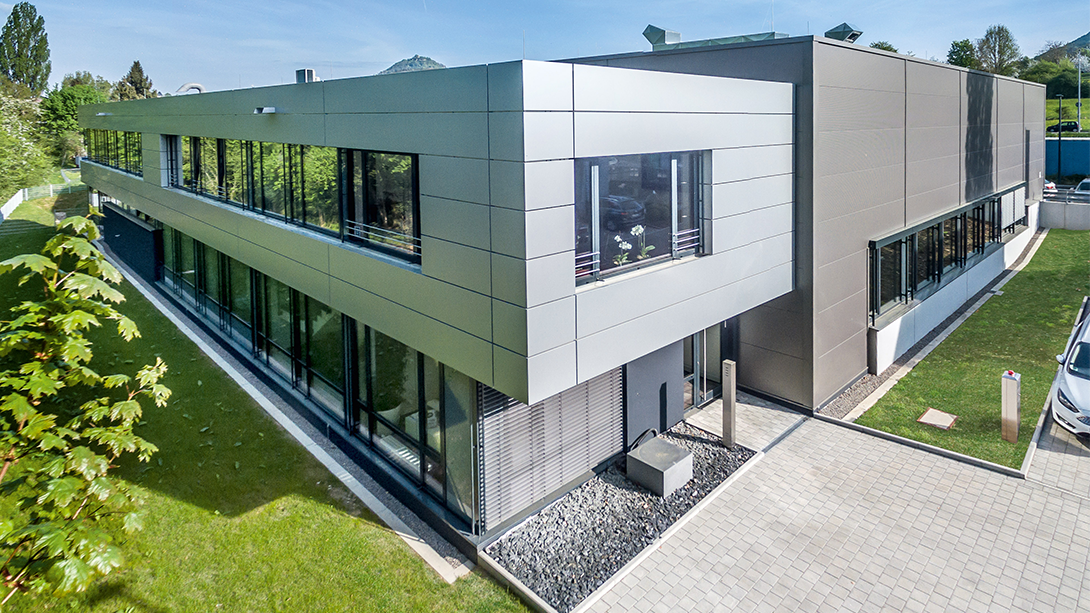
Sustainable high-tech production
Of course, we paid attention to energy-saving and environmentally compatible measures in the construction of our new production building. We not only use high-performance heat recovery and insulation systems, but also smart exhaust filters. We also cover a part of our energy demand through a photovoltaic system on the roof of our building. There is even more: We have taken measures to further optimize the use of resources, which enable us to meet the criteria of „Operation Clean Sweep“.
Up-Cycling instead of re-cycling
But that is not all: We are also official partner of 3M´s worldwide unique Up-Cycling project – and together we make sure that worn PTFE or PTFE remains are up-cycled into 100 percent pure, valuable virginal PTFE. With regard to sustainability we are therefore leading the way as pioneers.
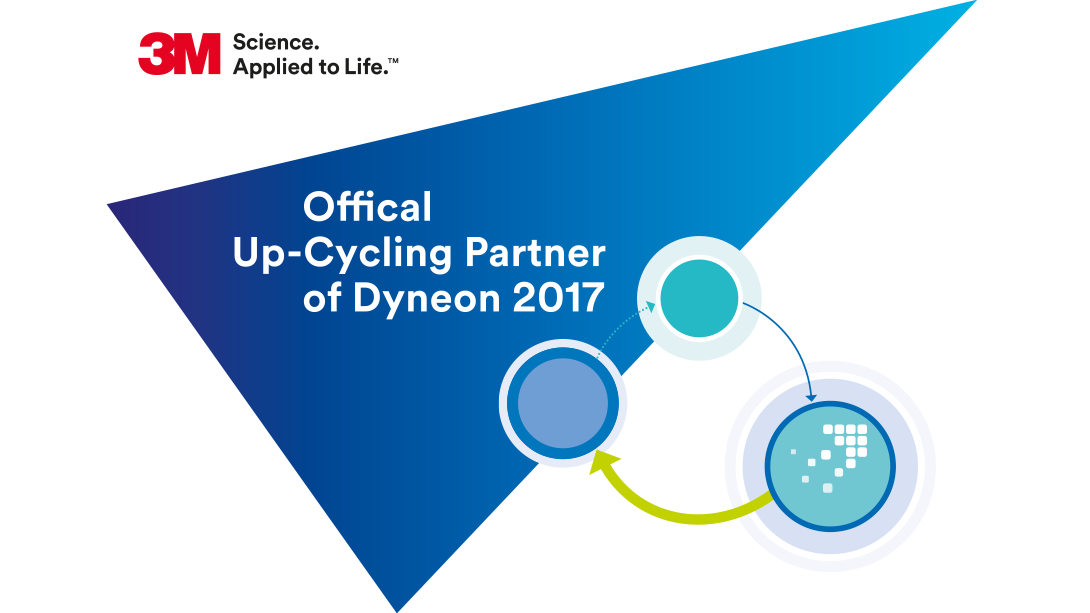

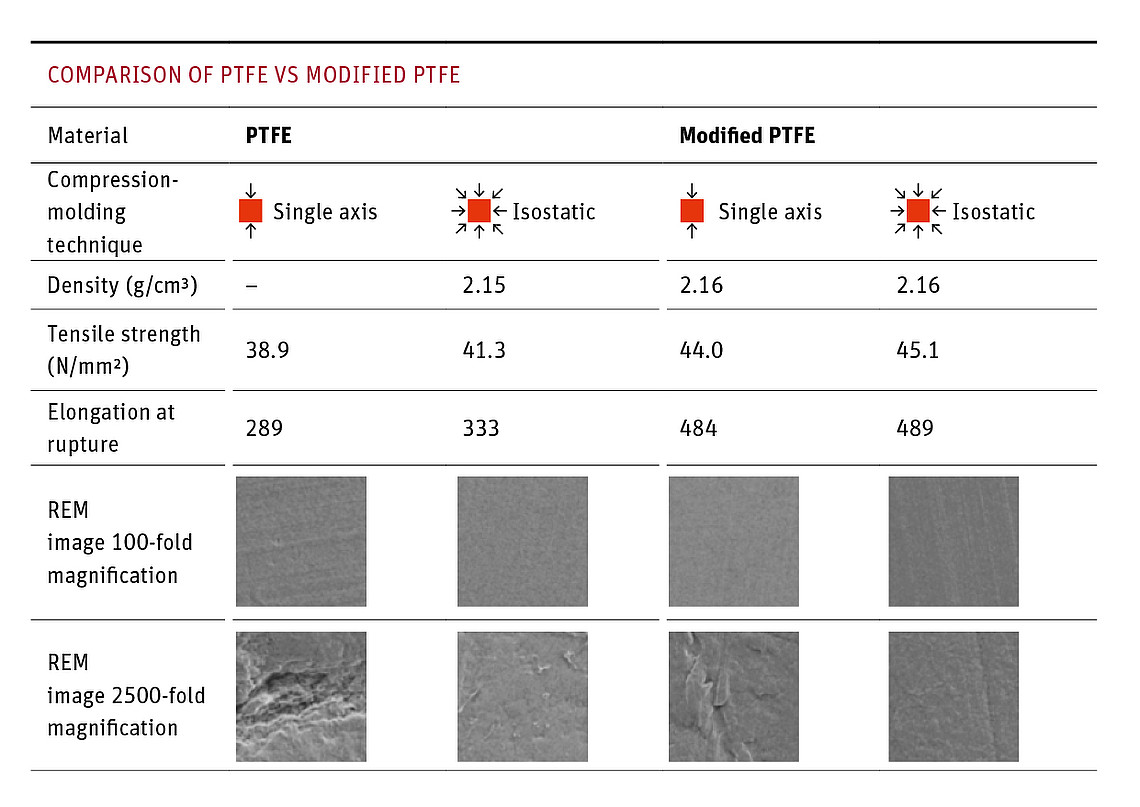
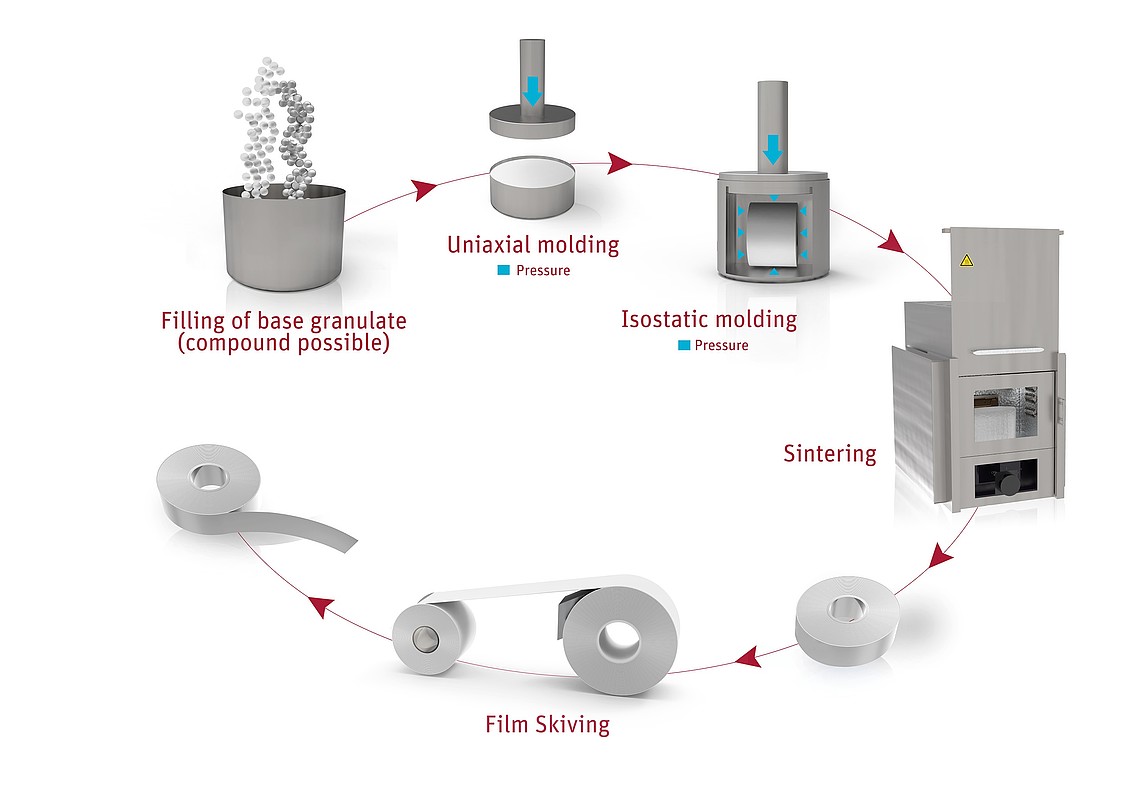
![[Translate to English:] Produkte aus PTFE [Translate to English:] Produkte aus PTFE](/fileadmin/_processed_/e/a/csm_BFT_werkstoffe_kachel_n_01_2919df7aaf.jpg)
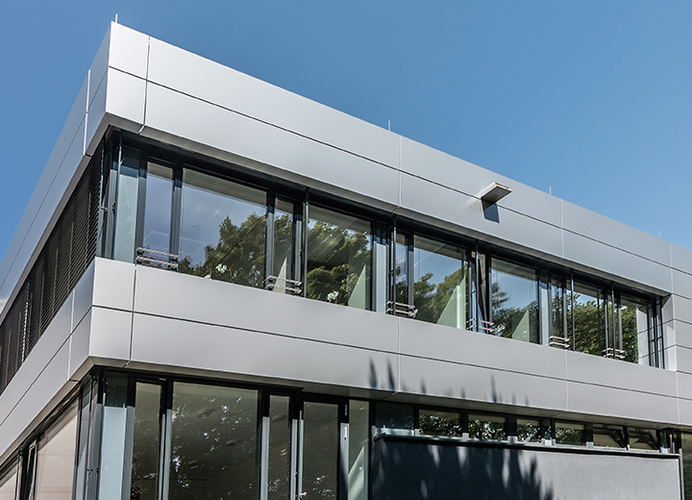
![[Translate to English:] Werkstoffe [Translate to English:] Werkstoffe](/fileadmin/_processed_/7/d/csm_BFT_Werkstoff_kachel_u_c78e21dabb.png)